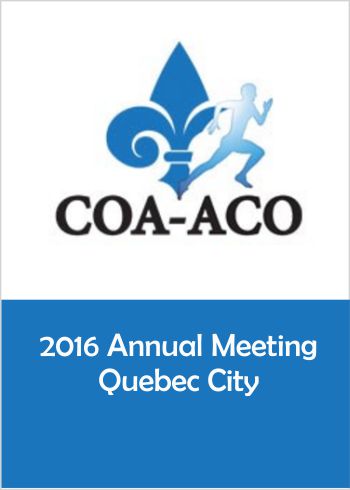
COA 2016: Long-term data of ceramic-on-ceramic vs highly-crosslinked-polyethylene in THA

COA 2016: Long-term data of ceramic-on-ceramic vs highly-crosslinked-polyethylene in THA
A randomized trial comparing ceramic-on-ceramic bearing versus ceramic-on-crossfire-polyethylene bearing surfaces in total hip arthroplasty
CONFERENCE ACE REPORTS
This ACE Report is a summary of a conference presentation or abstract. The information provided has limited the ability to provide an accurate assessment of the risk of bias or the overall quality. Please interpret the results with caution as trials may be in progress and select results may have been presented.
Synopsis
92 patients scheduled for total hip arthroplasty were randomized to either ceramic-on-ceramic or ceramic-on-highly-crosslinked-polyethylene articulations. A total of 68 patients were available to provide either clinical or radiographic data at the 10-year follow-up. Results demonstrated no significant differences between groups at the 10-year follow-up for the Western Ontario and McMaster Universi...
To view the full content, login to your account,
or start your 30-day FREE Trial today.
FREE TRIAL
LOGIN
Forgot Password?
Explore some of our unlocked ACE Reports below!

Learn about our AI Driven
High Impact Search Feature
Our AI driven High Impact metric calculates the impact an article will have by considering both the publishing journal and the content of the article itself. Built using the latest advances in natural language processing, OE High Impact predicts an article’s future number of citations better than impact factor alone.
Continue



 LOGIN
LOGIN

Join the Conversation
Please Login or Join to leave comments.